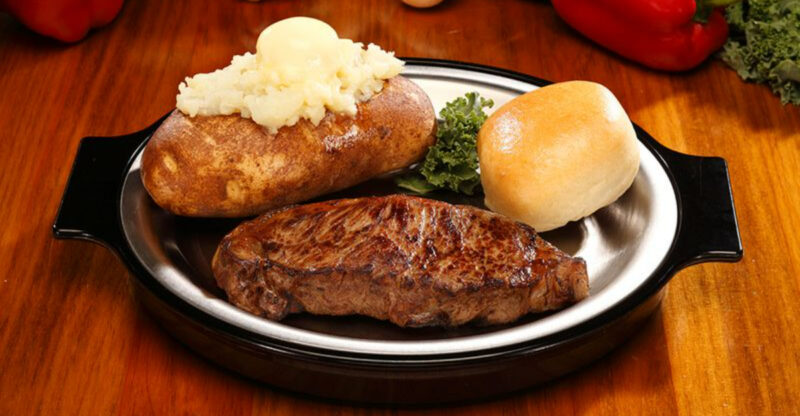10 Dinner Table Rules From 1960s California That Would Shock Today’s Kids
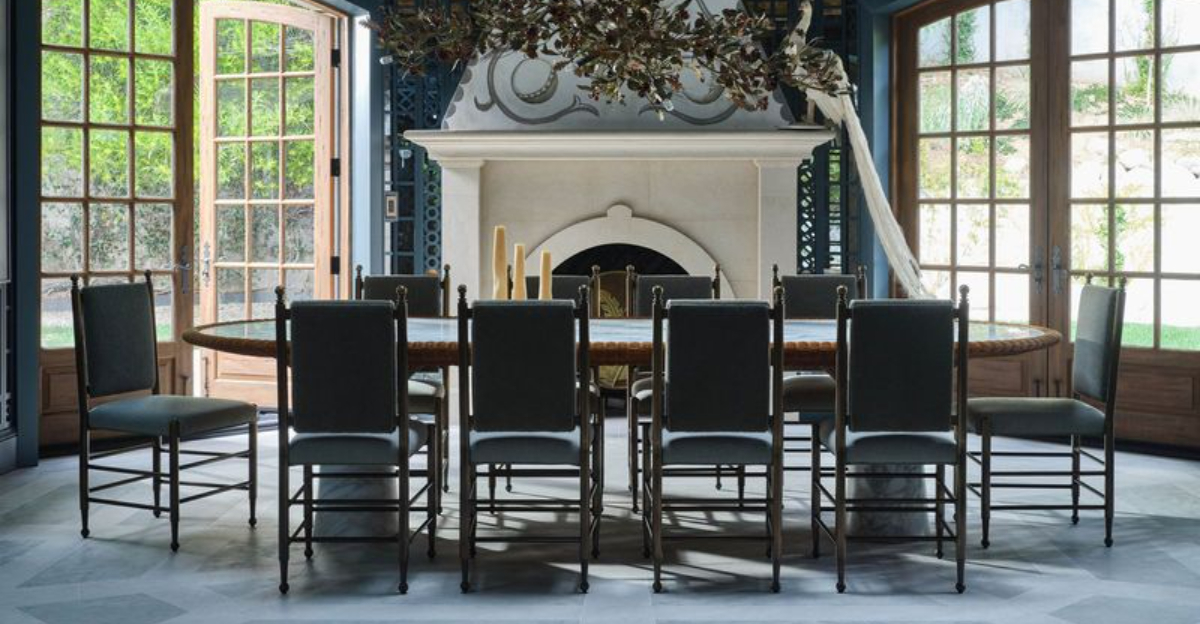
Family dinners in 1960s California were highly structured affairs with strict rules and expectations. Parents believed proper table manners reflected good upbringing and family values.
Looking back at these formal dining customs reveals just how much our approach to family mealtimes has changed over the decades.
1. Clean Plate Club Membership Required
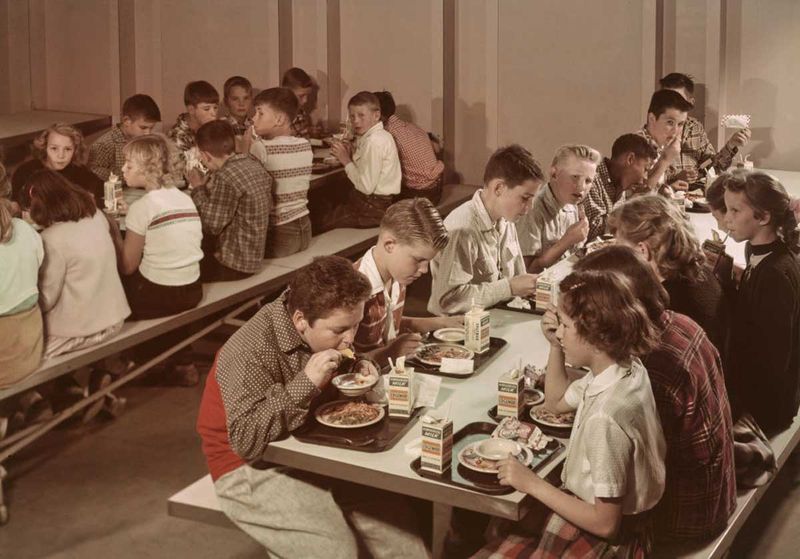
Children had no choice but to eat everything served to them, regardless of preferences or fullness. Parents frequently reminded kids about starving children in other countries as motivation.
Leaving even a morsel of food on your plate was considered wasteful and disrespectful to the cook. This rule created generations of overeaters who struggled to recognize their own hunger cues.
2. Absolutely No Elbows On The Table
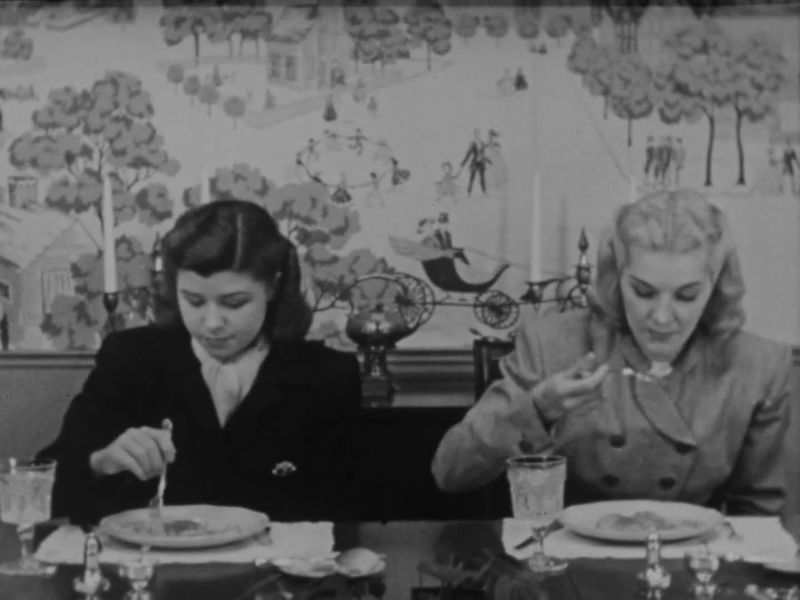
Posture police were everywhere in 1960s California dining rooms! Elbows touching the tabletop would earn immediate correction from parents, who viewed this as a cardinal sin of etiquette.
Children were expected to sit ramrod straight with forearms delicately positioned at the table edge. The reasoning? This rule originated from medieval times when space was limited at communal tables.
3. Silent Until Spoken To
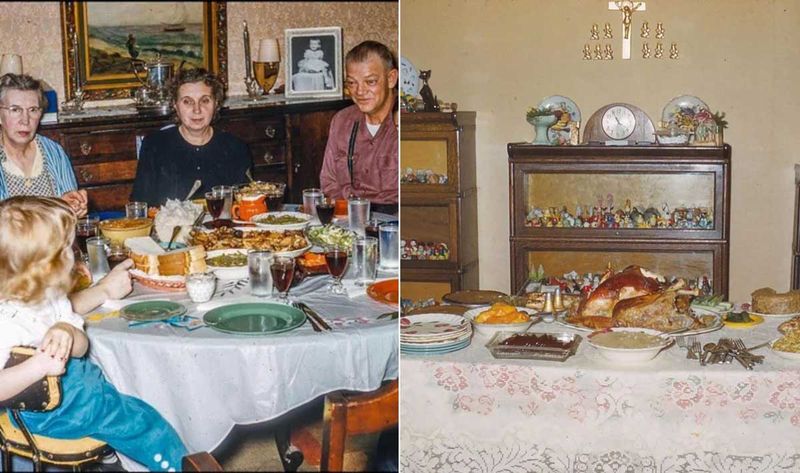
Mealtime conversations belonged primarily to adults, with children expected to remain quiet unless directly addressed. This rule stemmed from the belief that children should be “seen and not heard” during formal occasions.
Kids learned to sit patiently, observing adult interactions without interrupting. Modern family therapists would cringe at how this practice limited important family bonding and communication skill development.
4. Dad Serves Everyone First
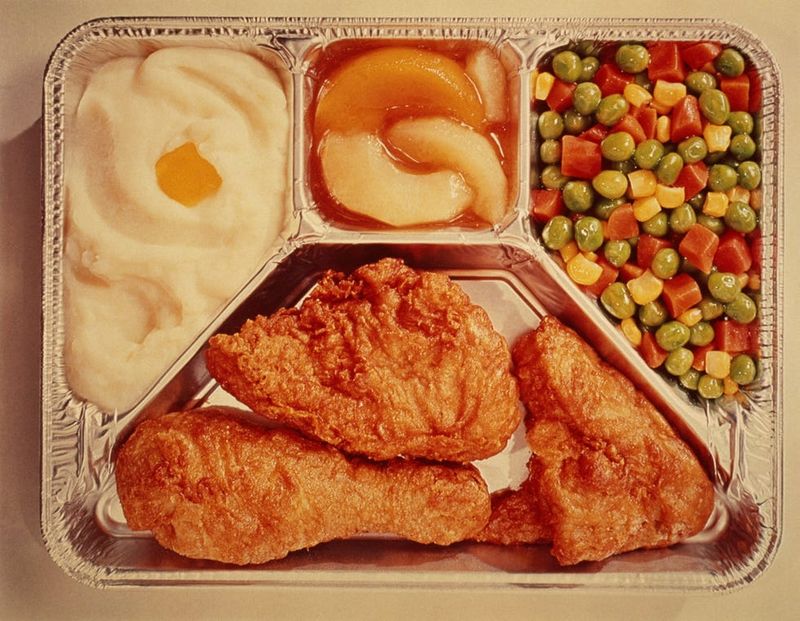
Father’s position as household head was reinforced nightly when he received the first serving and often controlled portion sizes for everyone else. Mom might have cooked the meal, but dad held serving privileges.
This patriarchal tradition reflected broader gender roles of the era. Everyone waited patiently, sometimes with growling stomachs, until father had been served and officially commenced the meal.
5. Pre-Meal Prayer Was Non-Negotiable
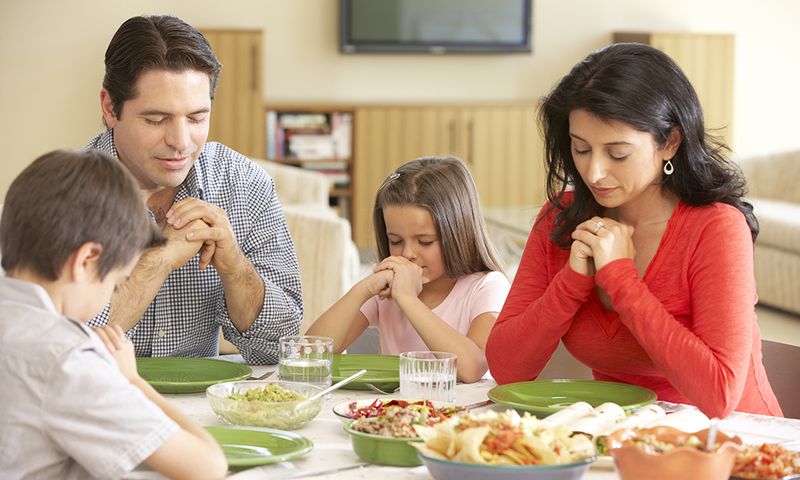
Regardless of how delicious the food looked or how hungry everyone felt, the meal couldn’t begin until grace was said. Hands folded, heads bowed – this ritual was standard in many California homes.
Children learned to recite traditional prayers by heart. Skipping this practice was unthinkable, even if dinner was getting cold, as it represented family values and gratitude for the meal about to be enjoyed.
6. Formal Place Settings Every Night
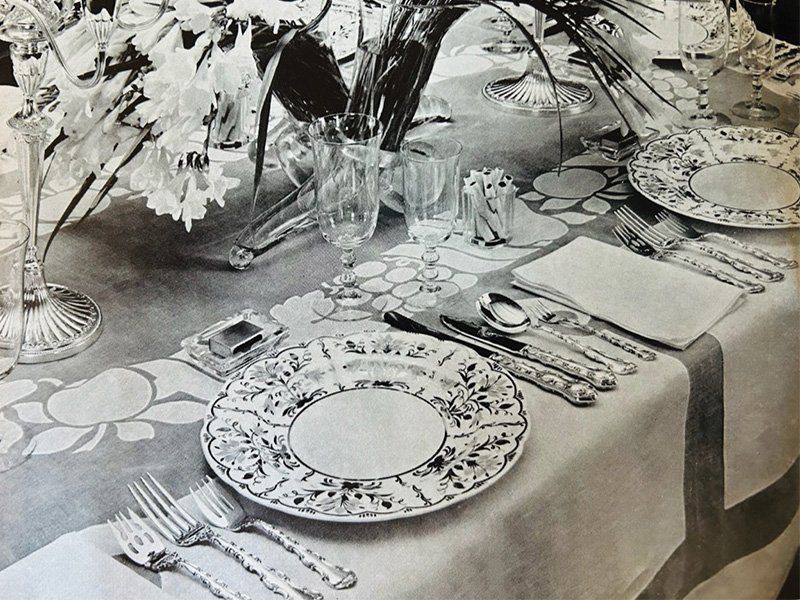
Unlike today’s casual dining, 1960s California families often used proper place settings daily – napkins folded in laps, multiple utensils arranged correctly, and sometimes even cloth napkins.
Children were taught which fork to use first and proper napkin etiquette from an early age. Many families had special placemats showing the correct arrangement of utensils to help kids learn these seemingly essential life skills.
7. No Drinks Until Plate Was Clean
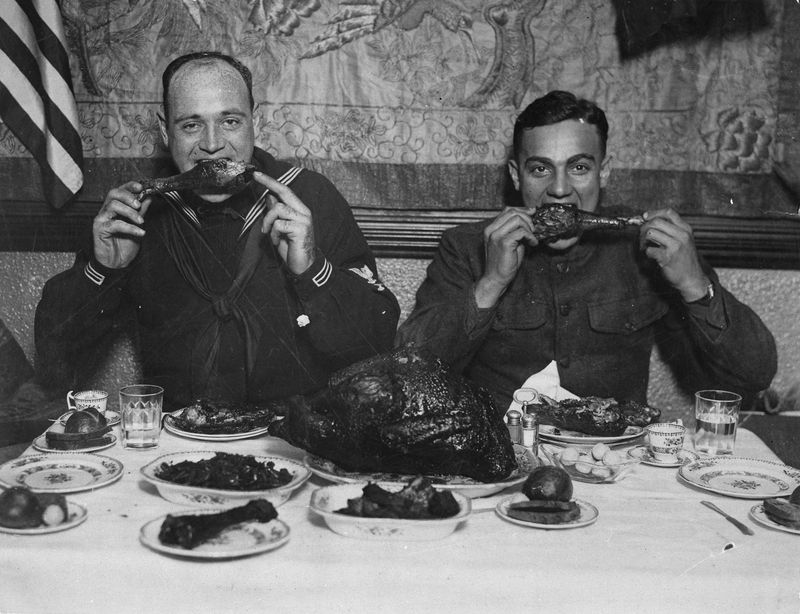
Milk, water, or juice was often withheld until children had made significant progress on their meals. Parents believed drinking during meals would fill kids up and prevent proper eating.
This peculiar rule left many children desperately thirsty, especially when faced with dry or difficult-to-eat foods. Modern nutritionists would point out how this practice contradicts healthy hydration habits and natural eating patterns.
8. Mandatory Dress Code For Dinner
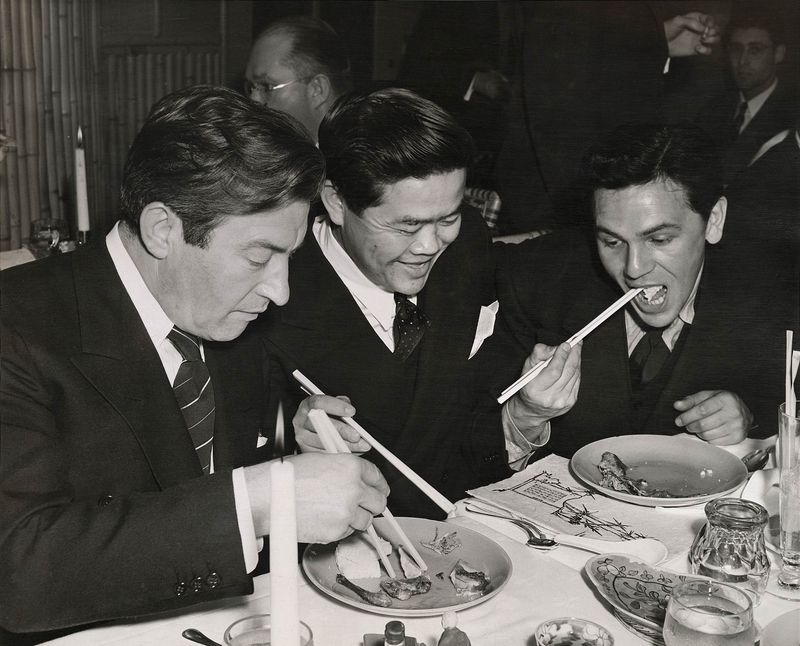
Casual attire wasn’t welcome at many 1960s California dinner tables. Families often changed clothes before evening meals, with children required to wash up and put on clean outfits.
Boys might need collared shirts while girls wore dresses or nice blouses. This formality extended to everyday dinners, not just special occasions. The ritual signaled the importance of family mealtime as a significant daily event.
9. Permission Required To Leave The Table

Spontaneously getting up was considered incredibly rude in 1960s California homes. Children had to formally request permission: “May I please be excused?” before leaving their seats for any reason.
Even bathroom emergencies required proper protocol! This rule enforced respect for mealtime as a formal gathering. Families typically remained seated together until everyone had finished eating and received parental dismissal.
10. No TV Or Outside Entertainment Allowed
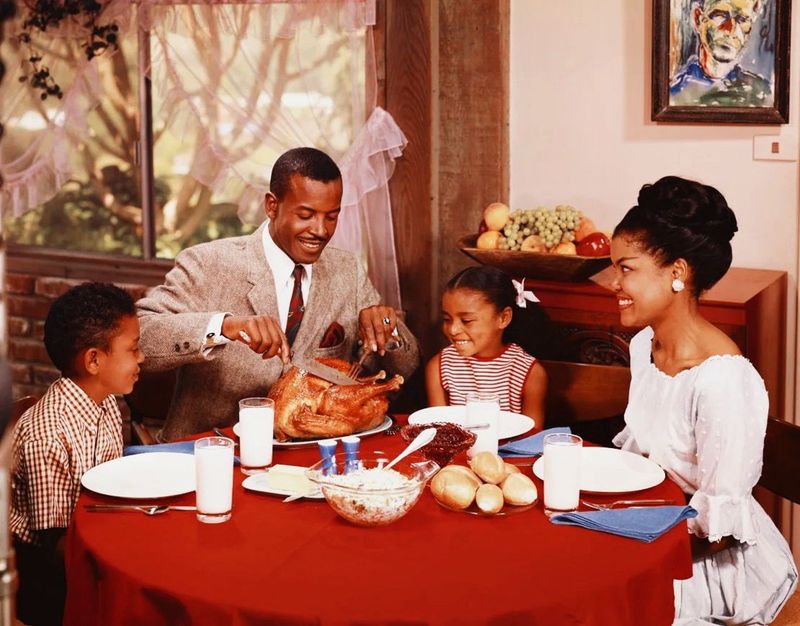
Despite television’s growing popularity in 1960s California, most families banned TV watching during meals. Dinner was strictly for family conversation and connection, without distractions.
Books, toys, and other entertainment were equally forbidden at the table. This rule contrasts sharply with today’s device-filled mealtimes. Parents believed focused, distraction-free dining taught concentration and social skills that would benefit children throughout life.



